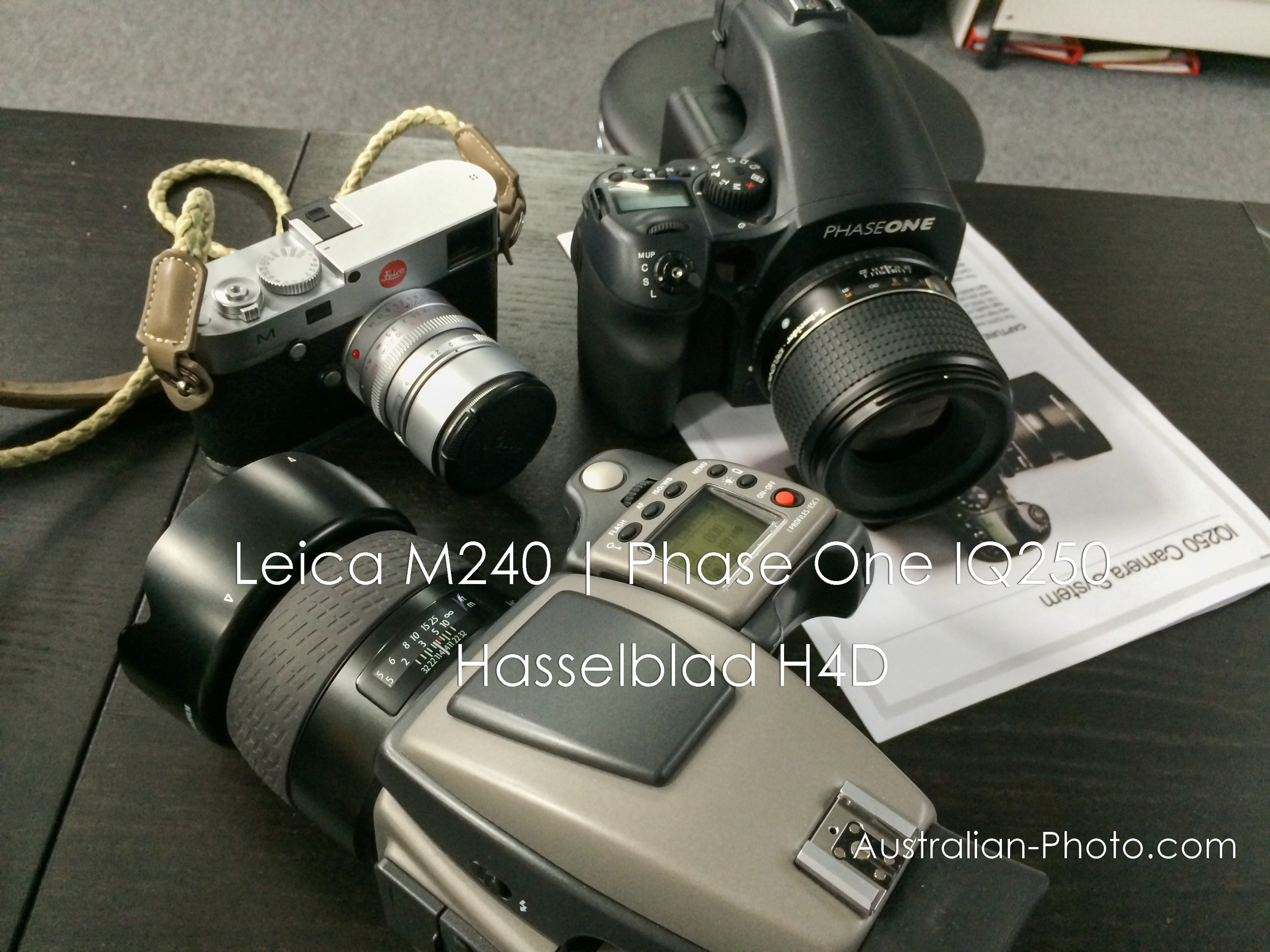Phase One IQ250 | Hands on at ISO 1600
The released of the latest Phase One back, the IQ250, using CMOS technology for their sensor, allowing the vertiginous ISO range from 100 all the way up to 6400 has made a lot of … noises.
When Hasselblad stepped out to call themselves the world’s first medium format camera using CMOS, Phase One has actually released a camera (at least camera back) using this, now well known, technology.
Having been a long time Hasselblad user (on a H4D system) I couldn’t resist but have a look by myself on this new system. I signed up for a test drive with Phase One and waited patiently for a unit to become available for testing in Australia.
A couple week earlier, Phase One replied to my request by letting me know that two units would be available for testing in Sydney (L&P foto). Because I couldn’t make it to their open door presentation of the gears, I requested an early visit which L&P Foto accepted. Big thanks to Richard Williamson, the sale manager of L&P Foto store.
Last Friday, I drove to Sydney for a hands on preview of the Phase One IQ250.
I was greeted by Richard and after a short talk to introduce the Phase One system, Richard handed me a Phase One 645D+ camera with an IQ250 back to play with. He also agreed for me to put in a CF card and take a few shots around the shop.
The first thing I remember doing was to set the ISO at 1600 on the camera and switched it to Av mode. The lens used was a 55mm Schneider Kreuznach leaf shutter lens.
It is said that Schneider lenses outperform Phase One lenses in many aspects, what interested me most was their leaf shutter system allowing flash sync speed up to 1/1600s.
SCHNEIDER KREUZNACH LEAF SHUTTER LENSES ALLOW UP TO 1/1600s FLASH SYNC SPEED.
Coming from a Hasselblad system where max shutter speed is 1/800s, I found a lot of benefit in having higher shutter speed in the Phase One system (maximum shutter speed of 1/4000s) especially for shooting outdoor at wide apertures.
Because I use flash a lot in my work, this is a double benefit over the Hasselblad system, higher flash synch speed (1 stop) faster maximum shutter speed (1/4000s).
The pictures below have been converted into JPEG using Capture One v7.2 as at this stage, the IQ250 RAW files are not supported by other software on the market.
My first impressions with the system were positive:
- Faster shooting rate (1.2 fps against 0.83 fps of the H4D system)
- Support of UMDA 7 (I wasn’t able to shoot with Lexar 1000x CF cards with my H4D40)
- Bigger buffer (combined with the two points above gives a very fast system to shoot with)
- Double tethering ports (Firewire and USB 3). However, only Firewire would provide power to the back
- 16 bit DR (this is a ‘must’ improvement because dSLRs now can deliver up to 14 bit DR)
After a couple of shots, I found that the package, Phase One 645D+ camera and the IQ250 back, are very compact and easy to move around. The fact that the camera and back have their own battery adds a bit on the weight of the system and the need to carry two chargers around may be an inconvenience when shooting on location.
Back to the time when I bought my H4D system, I remember that ergonomic and design were two important factors that made me decide which system to choose. In a personal way, I preferred the design of the Blad over the Phase ..
When I was impressed with the performances of the new Phase One IQ250 back, I am still not over the design of the system and the price tag (around $50K for the pack camera + back + 80mm SK lens) cooled me down a bit.
Because the availability of the system (expected to be a long waiting list for the fortunate people) and while I am interested in the Phase One set up, I also wanted to wait a bit and see what Hasselblad has promised and staying with the same system means that I don’t have to change all my lens collection..
On the way home, I stopped by the road and took some images with my Blad just to have some files to compare the old and the new techies.
Oh, did I mention about the retina screen on the Phase One back? This technology has been used since the IQ1 series and while it’s a bonus for people shooting on the field to check the image after capture, I found that if you know your camera and a quick chimp on the histogram would be enough to let you know if you are off your exposure.
I love the True Focus feature on the Blad that allow focus and recompose easily without shitting your focusing plane.
The first set of images comes from the IQ250. Click on the images to see in full resolution.
Images below are from my Hasselblad H4D40. Lower resolution, older technology. Click on the images to see in full resolution.
Alternatively, you can check out this set of images from my Flickr page.
Big thanks again to Richard and the team at L&Pfoto for this short hands on of the new Phase One IQ250 system.













